I can imagine that it might be frustrating for some people to look around and see that contemporary furniture and architecture seem to have picked up only where minimalism left off in the 1950s.
“Why such apparent paralysis?” asks Gord Peteran, a professor of design at OCAD University in Toronto. “It's true: Design mags are filled with white, empty rooms; walls of glass; white leather chairs even with postwar metal wire legs. Why Las Vegas pallet curvilinear minimal modern — again?"
He continues, "Every period throughout history has been partly influenced by history. Humans tend to paint a cozy picture of the past, due to our convenient ability to edit. Every new generation must claim the world as theirs. Beginning with their genesis. And it has always been considered sophisticated to collect antiques. The Egyptians did it; the Victorians did it; the thirtysomethings do it. This historical foundation provides the courage to take tiny steps into the new, which actually terrifies us. Especially for the generation that missed it, 1960 seems like an exciting, sexy time. Note the popularity of everything fromStar Trek to Superman.”
OK, so since the dawn of human civilization, we have looked to the past for inspiration. But that doesn’t explain an obsession over midcentury modern and not, say, whatever was going on in the 1980s. Or why more people don't have Sphinxes in front of their homes.
Peteran points out that both the Bauhaus and the midcentury modern movements came about after two major world wars. “No money, no materials, accelerated rebuilding requirements — practical reasons that lead to an innovative use of minimal resources,” he says.
In other words, tough times produce innovative designs out of necessity. During the 1950s much of the world was depleted financially and emotionally. But spirits were high. Good seemed to have triumphed over evil, and the opportunity to pave a new way of life presented itself. The designs that came about were simple and therefore timeless. There was "also an emotional rebellion to the ornament that was prevalent at the time,” Peteran says.
In light of the tough economic years many countries have experienced just recently, many people have simplified their lives — much like people did after World War II. That's why fuss-free midcentury designs have made a strong comeback (and why the DIY movement is so strong).
But there’s more to our obsession with midcentury modern style than just a return to minimalist necessity. A lot of our preference for a certain style comes from a place in our minds where we don't even realize it's happening.
Nostalgia plays a big role in how we build our lives and the things we choose to surround ourselves with. And, surprise, this feeling tends to kick into overdrive right around middle age. So for those people who grew up in homes with midcentury modern furnishings, that can have a big impact on their style choices today.
“People begin to reflect on their younger days with nostalgia, which involves a longing for the lost past,” says Fred Bryant, a psychology professor at Loyola University in Chicago who’s done an extensive study on nostalgia. “My work on reminiscence as a form of past-focused savoring suggests that this nostalgia reconnects people with their roots and strengthens their sense of personal identity, often at a time when life circumstances make them question who they are and who they are becoming.”
“Furniture and home decor that reflect an idealized vision of one's early days could also provide comfort and a sense of connection and security in uncertain times,” Bryant says. “Having mementos from the past in one's immediate environment re-creates the past visually and physically, not just mentally. And these concrete representations of the cherished past remind us of who we are, keep the past alive in the present, evoke warm and positive feelings from simpler times, and provide a source of security and stability in a turbulent and unpredictable world.”
The Apple Effect
Even for those who can't recall the era, midcentury modern design has intrinsic value that our iPhone-saturated minds can still enjoy. You can thank Apple in more ways than one. First, having so much information at our fingertips — a habit that Apple engendered — causes us to seek refuge in less-chaotic things.
“Minimalist sensibility is in vogue again, in part due to this romantic notion of the past,” says Peteran. “But, I suspect, also due to another form of rebellion — a desire for something simpler, probably in response to our fast paced, multitasking, overinformed, frantic, fractured, ethernet-driven lives.”
But, ironically, Apple's sleek, minimalist product designs have also helped influence the yearning for more streamlined products, especially among the younger generations. "They appreciate the simplicity and beauty of design seen in Apple," says Rochelle Kramer, a Realtor who specializes in midcentury modern houses. "It's the same appreciation for design seen in midcentury modern."
Architect Steven Randel agrees. "If you think about how Apple nearly disappeared in the mid-1990s, then look at their rise to current trend dominance, you can see a correlation," he says. "Everything about Apple is beautiful, efficient and modern, with an intuitive edge. These are all the marks of the theory established by the birth of modernism in the early 20th century."
REFERENCE: http://www.houzz.com/
Note that The designer name and his products was mentioned in this article to demonstrate the history of furniture design and it doesn't represent any of the items sold in this store.
visit our online store for wide selections of Mid Century designs www.ebarza.com

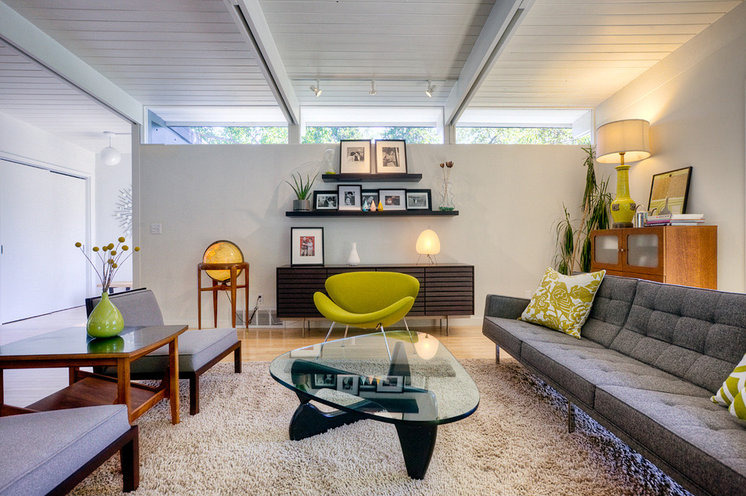
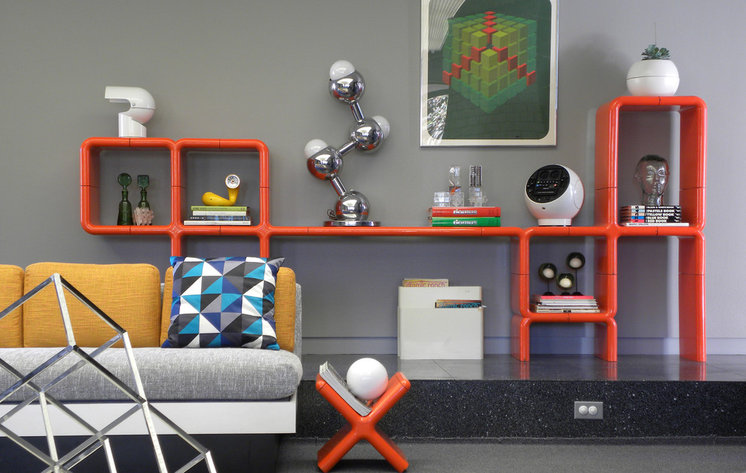
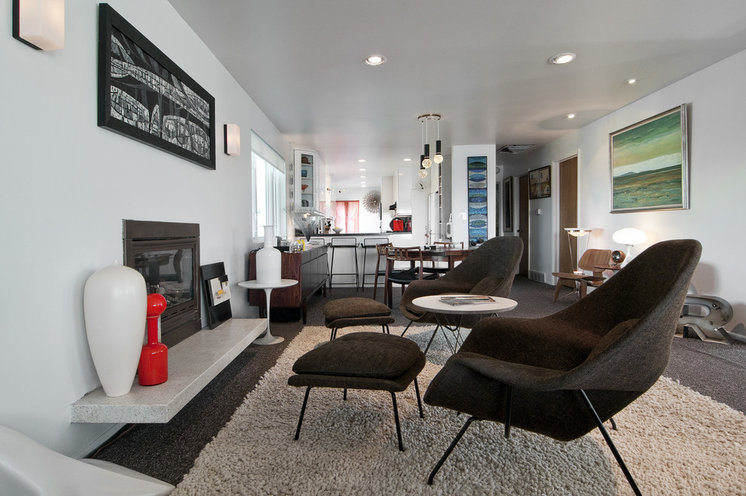
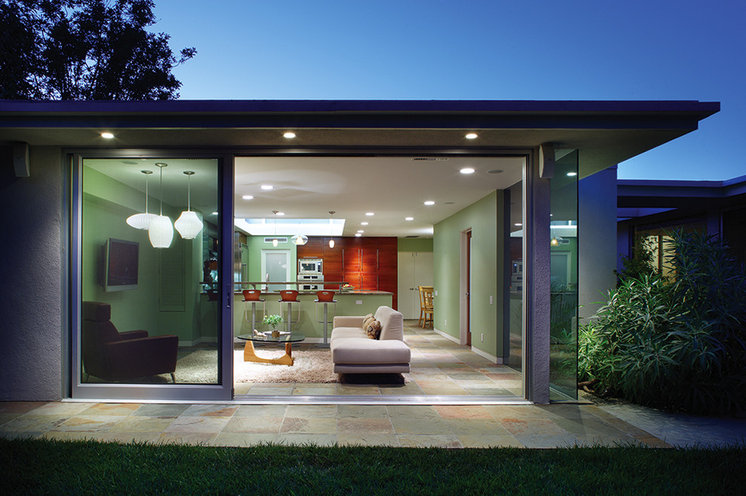
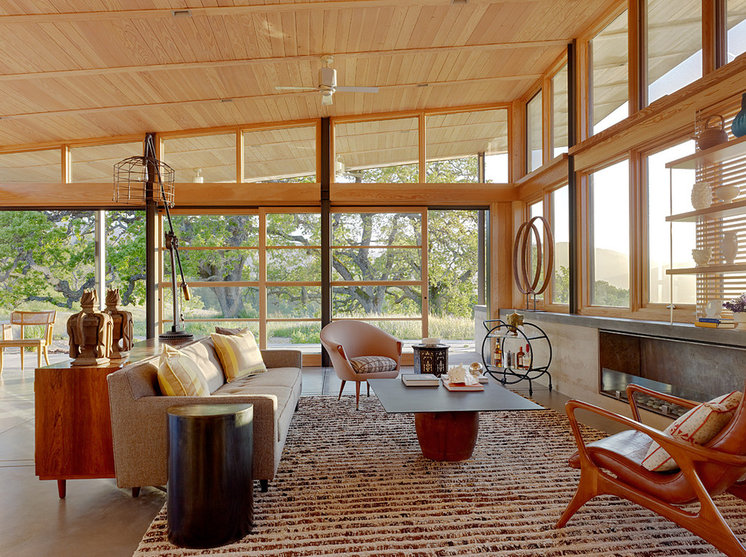



Leave a comment
This site is protected by hCaptcha and the hCaptcha Privacy Policy and Terms of Service apply.